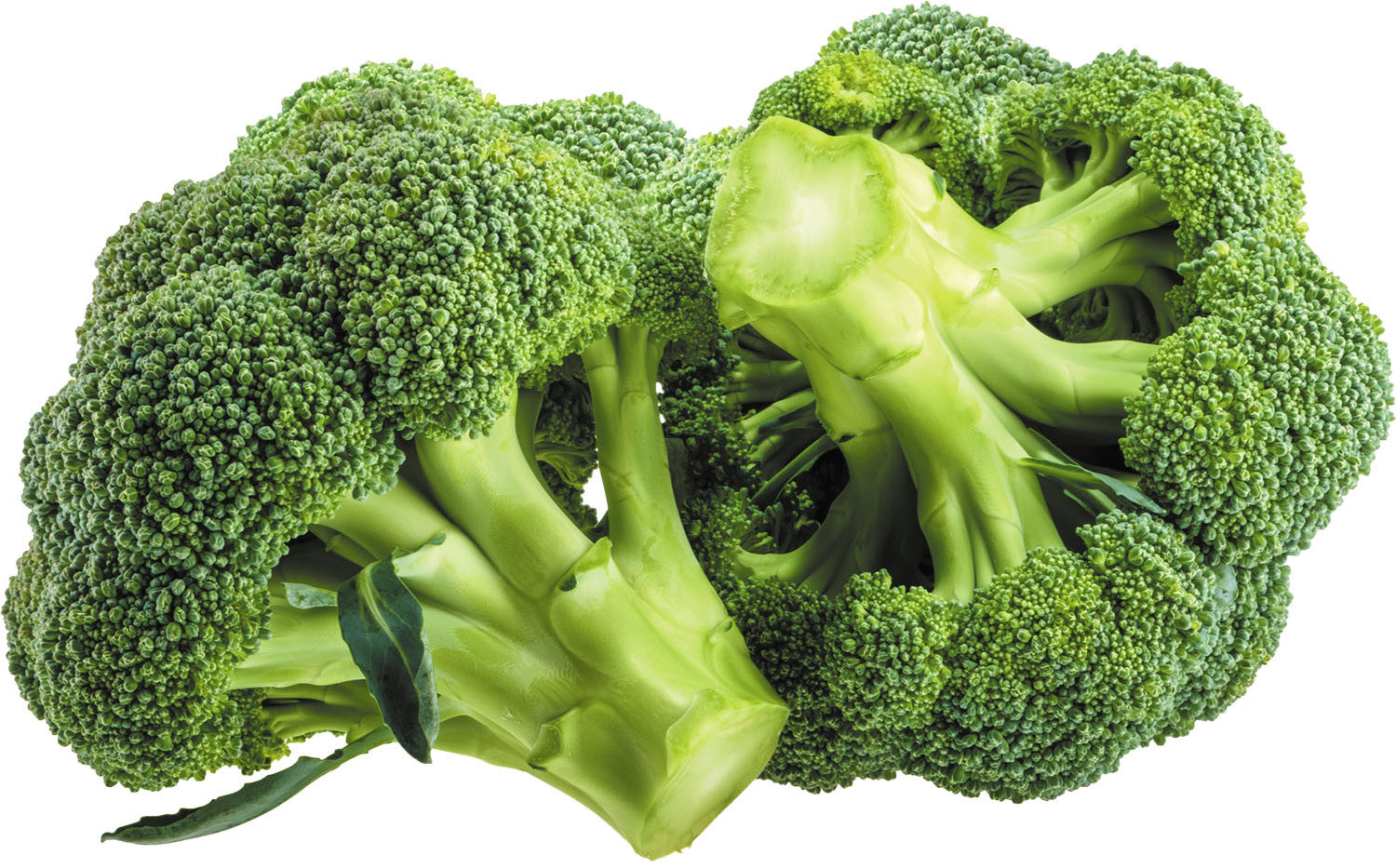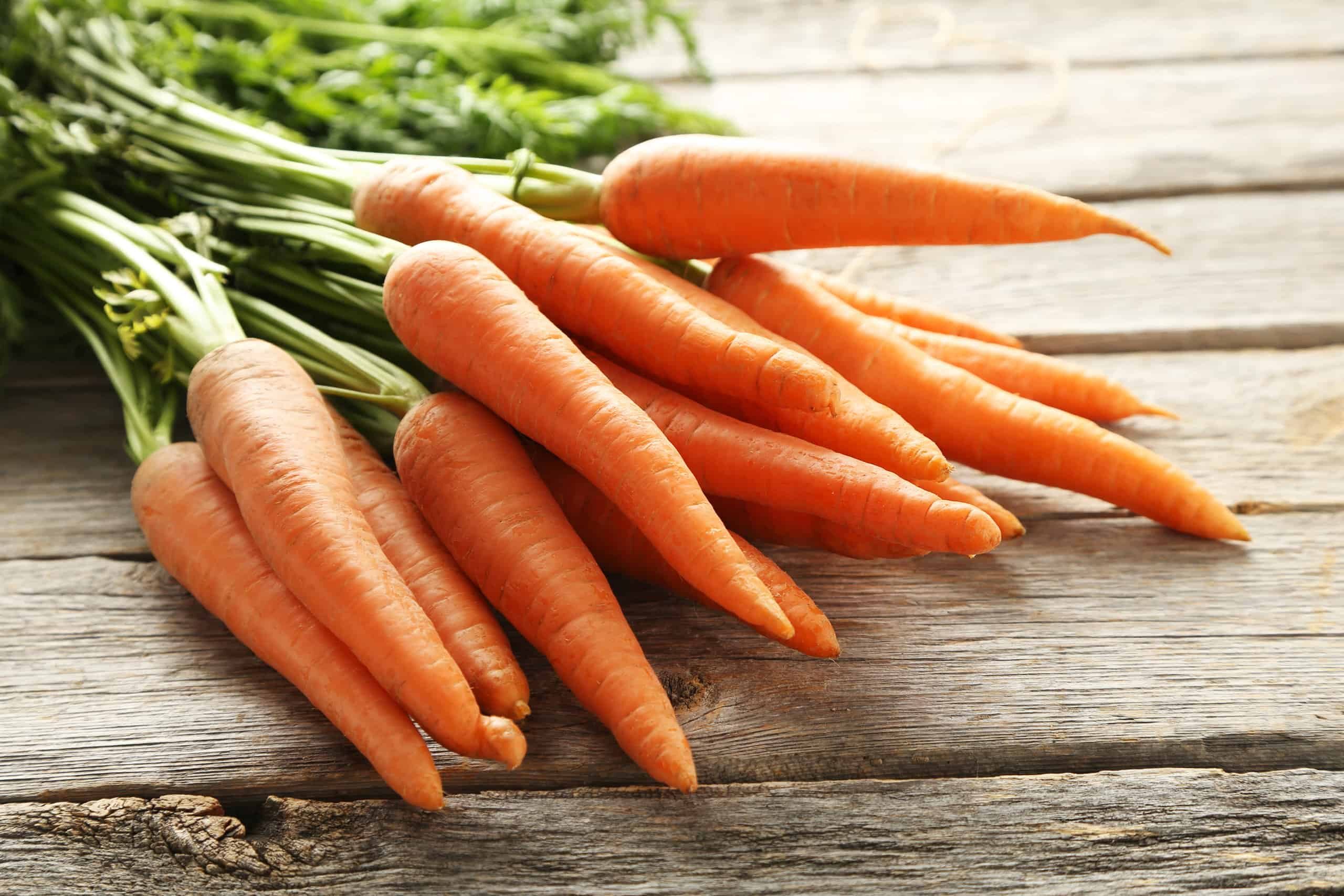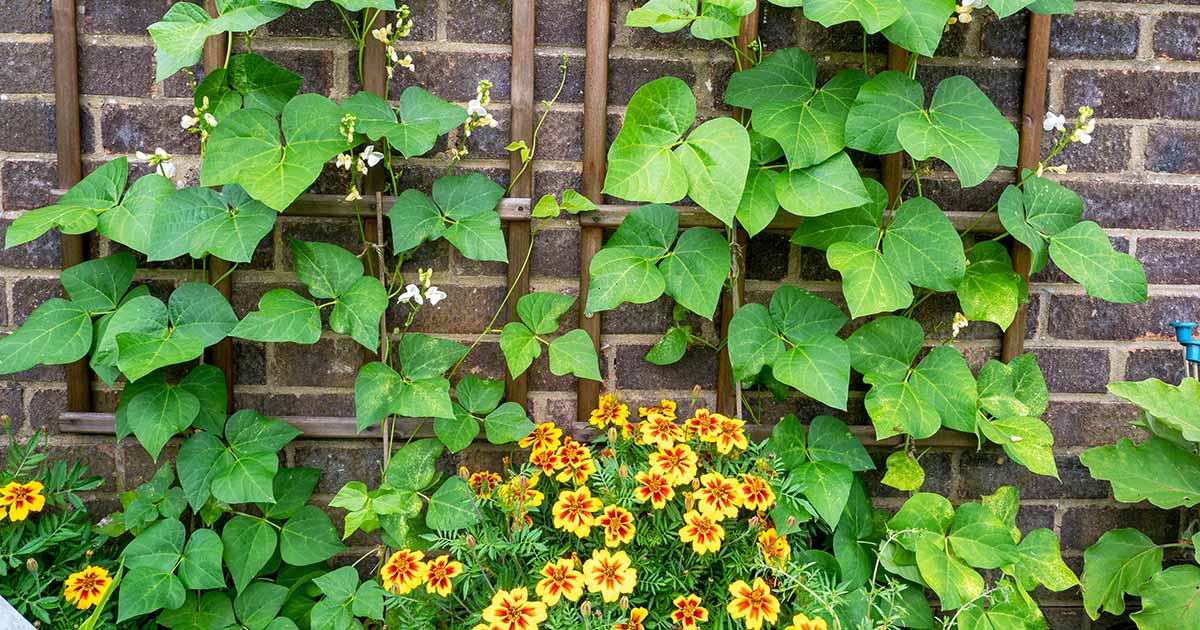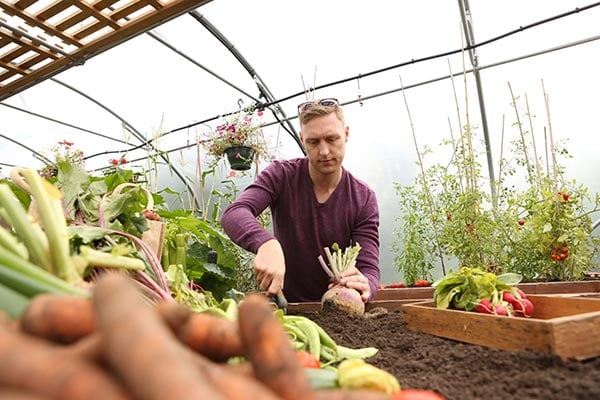Asters And Vegetables: The Perfect Pair For A Fall Garden
Asters and Vegetables: The Perfect Pair for a Fall Garden
As the days get shorter and the weather cools down, it's time to start thinking about fall gardening. While many people think of fall as a time for harvesting vegetables, there are also a number of beautiful flowers that can be planted in the fall. Asters are one of the most popular fall flowers, and they make a great companion to vegetables.
Asters come in a wide variety of colors, including purple, pink, white, and yellow. They are also relatively low-maintenance, making them a good choice for even the most novice gardeners. Asters can be planted in full sun or partial shade, and they prefer well-drained soil.
In addition to being beautiful, asters also attract pollinators, such as butterflies and bees. This is a great way to help support local wildlife.
So, what vegetables are a good match for asters? Here are a few ideas:
- Pumpkins: Pumpkins are a classic fall vegetable, and they look great when planted alongside asters. The orange and purple colors of the two plants complement each other nicely.
- Winter squash: Winter squashes, such as butternut squash and acorn squash, are also a good choice for fall gardens. They come in a variety of colors, so you can find one that matches your asters.
- Beets: Beets are a delicious and nutritious vegetable that can be planted in the fall. They come in a variety of colors, including red, yellow, and white.
- Carrots: Carrots are another popular fall vegetable. They are easy to grow, and they come in a variety of colors, including orange, yellow, and purple.
- Brussels sprouts: Brussels sprouts are a delicious and nutritious vegetable that can be harvested in the fall. They are a bit more challenging to grow than some other vegetables, but they are worth the effort.
When planting asters and vegetables together, it is important to consider the height of the plants. Asters can grow up to 3 feet tall, so you will want to plant them behind shorter vegetables, such as carrots and beets.
You also need to consider the spacing of the plants. Asters need about 18 inches of space between each plant, so you will need to adjust the spacing of your vegetables accordingly.
With a little planning, you can create a beautiful and productive fall garden by pairing asters with vegetables. So get out there and start planting!
Asters are beautiful flowers that can add a splash of color to any garden. But did you know that they can also be beneficial for your vegetable garden? Asters are companion plants, which means that they can help to attract beneficial insects, repel pests, and improve the soil.
Some of the best companion vegetables for asters include asparagus, beans, carrots, cucumbers, eggplant, lettuce, onions, peas, peppers, potatoes, and tomatoes. These vegetables all have similar growing requirements as asters, and they can help to each other thrive.
For example, asters can help to attract pollinators, which are essential for vegetable pollination. They can also help to repel pests, such as asparagus beetles and cabbage loopers. And they can help to improve the soil by adding nitrogen and other nutrients.
If you're looking to improve your vegetable garden, consider planting asters as companion plants. They're a beautiful and beneficial addition to any garden.
FAQ of aster companion vegetables
Q: What are some good companion vegetables for asters?
A: Asters can be companioned with a variety of vegetables, but some of the best include:
- Broccoli: Broccoli is a heavy feeder, and asters can help to improve the soil quality by attracting beneficial insects and breaking down organic matter.

- Carrots: Carrots and asters can help to repel each other's pests, such as carrot root fly and aster leafhopper.

- Cucumbers: Cucumbers and asters can help to shade each other from the hot sun, which can help to prevent both plants from wilting.

- Lettuce: Lettuce and asters can help to attract beneficial insects, such as ladybugs and lacewings, which can help to control pests.

- Peas: Peas and asters can help to improve the soil nitrogen levels, which can benefit both plants.

Q: What are some of the benefits of companion planting with asters?
A: There are many benefits to companion planting with asters, including:
- Attracting beneficial insects: Asters attract a variety of beneficial insects, such as ladybugs, lacewings, and parasitic wasps. These insects help to control pests, such as aphids, caterpillars, and beetles.
- Improving soil quality: Asters help to improve the soil quality by attracting earthworms and other beneficial soil organisms. These organisms help to break down organic matter and improve the drainage and aeration of the soil.
- Reducing pest pressure: Asters can help to reduce pest pressure by attracting pests away from other plants. For example, aster leafhopper is a pest that can damage carrots, but it is less likely to attack carrots that are planted near asters.
- Shading other plants: Asters can help to shade other plants from the hot sun, which can help to prevent them from wilting. This is especially beneficial for plants that do not tolerate hot, dry conditions.
- Attracting pollinators: Asters attract a variety of pollinators, such as bees, butterflies, and hummingbirds. These pollinators help to pollinate other plants in the garden, which can lead to a better harvest.
Q: What are some of the challenges of companion planting with asters?
A: There are a few challenges that can be associated with companion planting with asters, including:
- Competitive plants: Some plants, such as tomatoes and beans, can be too competitive for asters. These plants should be planted at least 2 feet away from asters.
- Allelopathic plants: Some plants, such as onions and garlic, release allelochemicals that can inhibit the growth of other plants. Asters should not be planted near these plants.
- Diseases and pests: Asters can be susceptible to a number of diseases and pests, such as aster yellows and powdery mildew. These diseases and pests can be spread to other plants in the garden, so it is important to take steps to prevent them.
Q: How do I choose the right companion vegetables for my asters?
A: When choosing companion vegetables for your asters, there are a few factors to consider, including:
- The needs of the asters: Asters need full to partial sun and well-drained soil. They are also heavy feeders, so they will benefit from being planted near nitrogen-fixing plants.
- The needs of the other plants: The other plants in your garden also have their own needs, so you need to choose companion plants that will not compete with them for resources.
- The pests and diseases in your area: If you have a particular pest or disease problem in your area, you may want to choose companion plants that can help to repel or control those pests or diseases.
Image of aster companion vegetables
- Aster and beans: Asters attract beneficial insects that help to control pests that can damage beans.

- Aster and carrots: Asters help to repel carrot flies, which can be a major pest of carrots.

- Aster and lettuce: Asters help to deter aphids, which can be a problem for lettuce.

- Aster and onions: Asters help to repel onion maggots, which can be a major pest of onions.

- Aster and tomatoes: Asters help to attract pollinators that help to improve the yield of tomatoes.

Post a Comment for "Asters And Vegetables: The Perfect Pair For A Fall Garden"